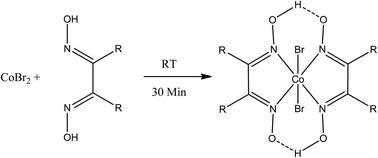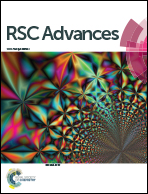Enhanced ‘in situ’ catalysis via microwave selective heating: catalytic chain transfer polymerisation†
Abstract
An extremely facile, single stage, ‘in situ’, Catalytic Chain Transfer Polymerisation (CCTP) process has been identified, where the optimal polymerisation process was shown to depend upon a combination of catalyst characteristics (i.e. solubility, sensitivity, activity) and the method of heating applied. In comparison to the current benchmark catalyst, the preparation of which is only about 40% efficient, this represents a significant increase in waste prevention/atom efficiency and removes the need for organic solvent. It was also shown possible to significantly reduce the overall ‘in situ’ reaction cycle time by adopting different processing strategies in order to minimise energy use. The application of microwave heating was demonstrated to overcome system diffusion/dilution issues and result in rapid, ‘in situ’ catalyst formation. This allowed processing times to be minimised by enabling a critical concentration of the species susceptible to microwave selective heating to dominate the heat and mass transfer involved.


 Please wait while we load your content...
Please wait while we load your content...